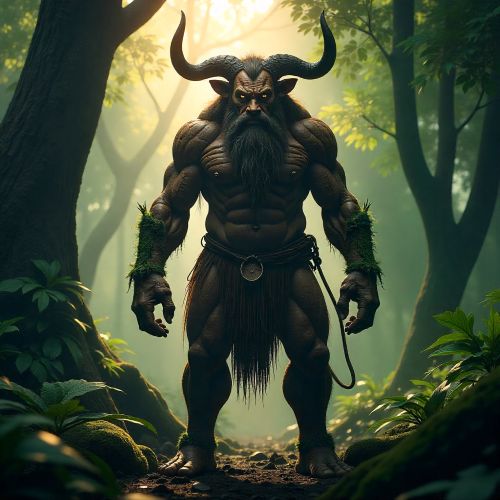Creole Mythology
Creole mythology represents one of the most dynamic and expressive strands of Caribbean spirituality, emerging from the rich blend of African, European, and Indigenous influences that shaped the region’s cultural identity. Unlike the more structured pantheons of specific religions, Creole mythology developed through oral storytelling, music, and folklore passed down through generations. It served as both entertainment and survival, a way for enslaved and colonized peoples to preserve ancestral memory under the pressures of cultural erasure. Across the Caribbean, Creole myths and legends intertwined everyday life with the supernatural, blending moral lessons, humor, and resistance into tales that reflected the people’s resilience. Through these stories, communities maintained a spiritual connection to their past while reimagining their place in a new world forged from struggle, hope, and creativity.
The origins of Creole mythology lie in the meeting of multiple worlds—African deities carried across the Atlantic, European Christian symbolism, and Indigenous Caribbean beliefs rooted in nature. This convergence gave rise to unique mythological figures, spirits, and customs that transcended language and geography. Trickster spirits like Anansi from West African folklore became beloved figures across the Caribbean, symbolizing wit and survival against oppression. Nature spirits, ghostly beings, and shapeshifters populated village tales, blurring the lines between myth and daily reality. In some islands, ancestral spirits known as “duppies” or “jumbies” were believed to linger among the living, offering protection or punishment depending on how they were treated. These stories reflected deep moral and social codes, teaching respect for elders, community, and nature, while also affirming a worldview that saw the spiritual and physical realms as inseparable.
Music and ritual played central roles in preserving Creole mythology. Drumming, dance, and call-and-response singing acted as both spiritual and narrative vehicles, allowing mythic stories to live within the rhythms of daily life. Ceremonial gatherings and festivals often blended African ritual structures with Catholic feast days, creating syncretic celebrations that honored both saints and ancestral spirits. Storytellers and elders became the keepers of cultural wisdom, adapting myths to changing times while maintaining their core messages of endurance and identity. In this way, Creole mythology was never static—it evolved continuously, mirroring the fluid nature of Creole language and culture itself. The fusion of folklore, spirituality, and oral artistry ensured that even as communities faced hardship, their sense of sacred connection and creative power endured.
In modern times, Creole mythology remains a vital part of Caribbean cultural expression, influencing literature, art, and popular media. Writers, musicians, and filmmakers draw upon these myths to explore themes of identity, resistance, and belonging. Folkloric figures appear in festivals, storytelling traditions, and contemporary reinterpretations that keep the spiritual imagination of the Caribbean alive. Beyond its historical roots, Creole mythology continues to symbolize unity in diversity—a reminder that beauty and strength emerge from cultural fusion. It encapsulates the Caribbean spirit: adaptable, resilient, and profoundly creative. Today, Creole mythology stands not just as folklore but as a living philosophy, one that celebrates community, survival, and the enduring magic of storytelling.


